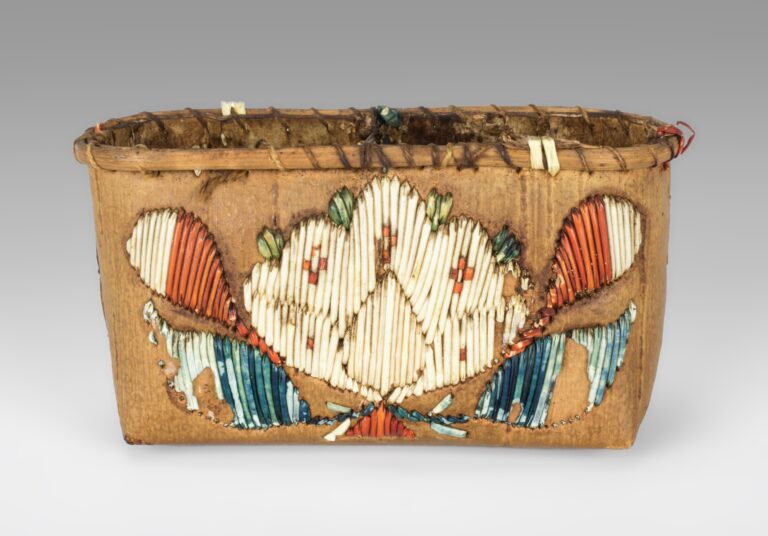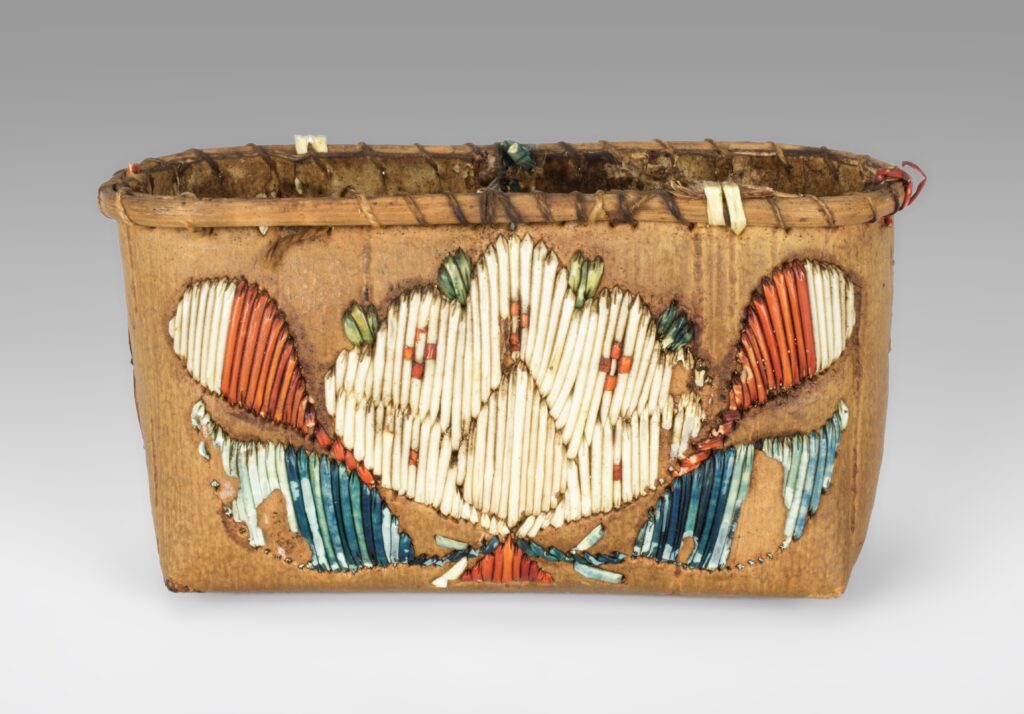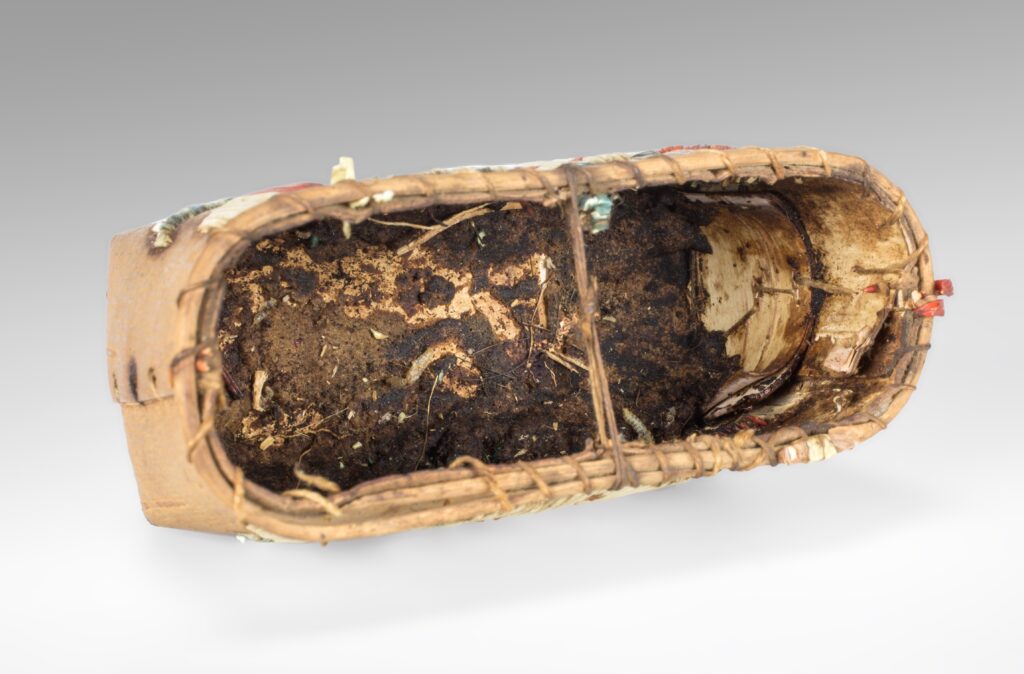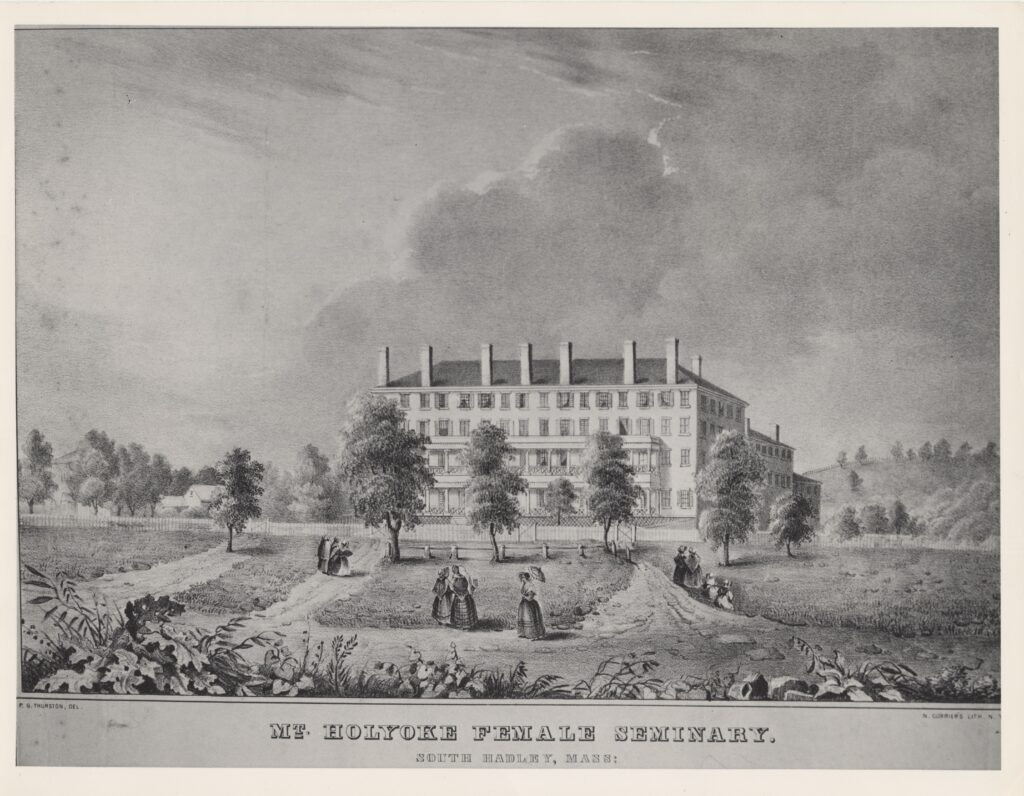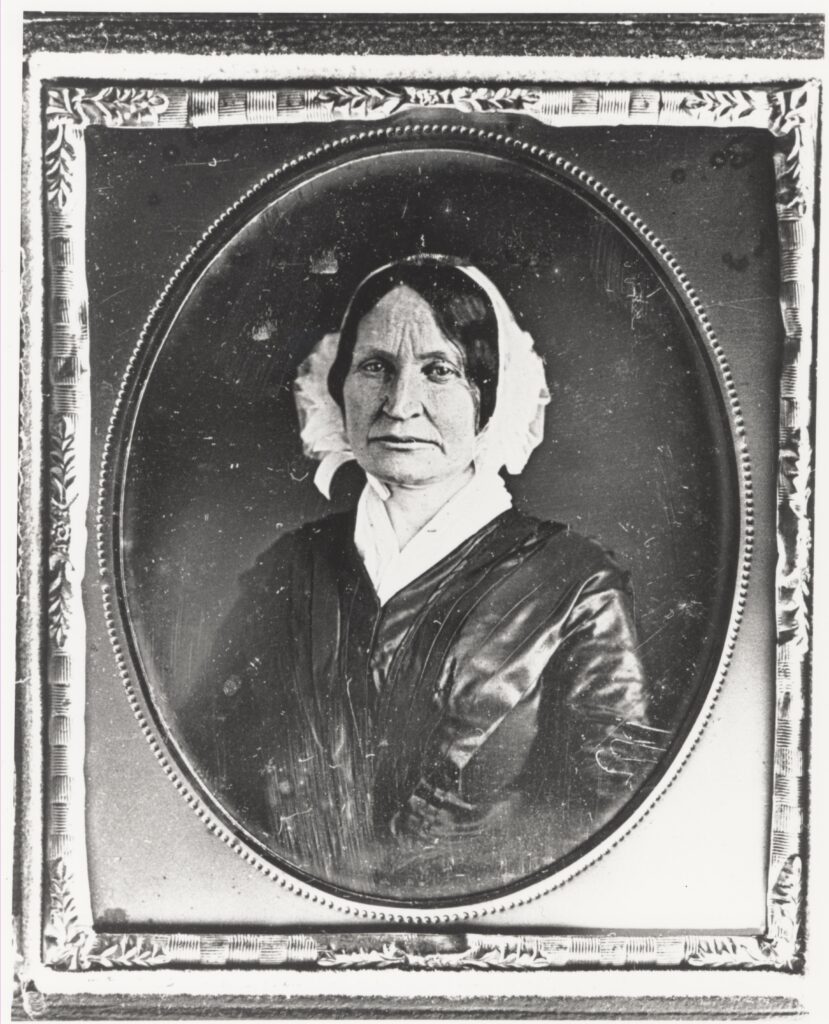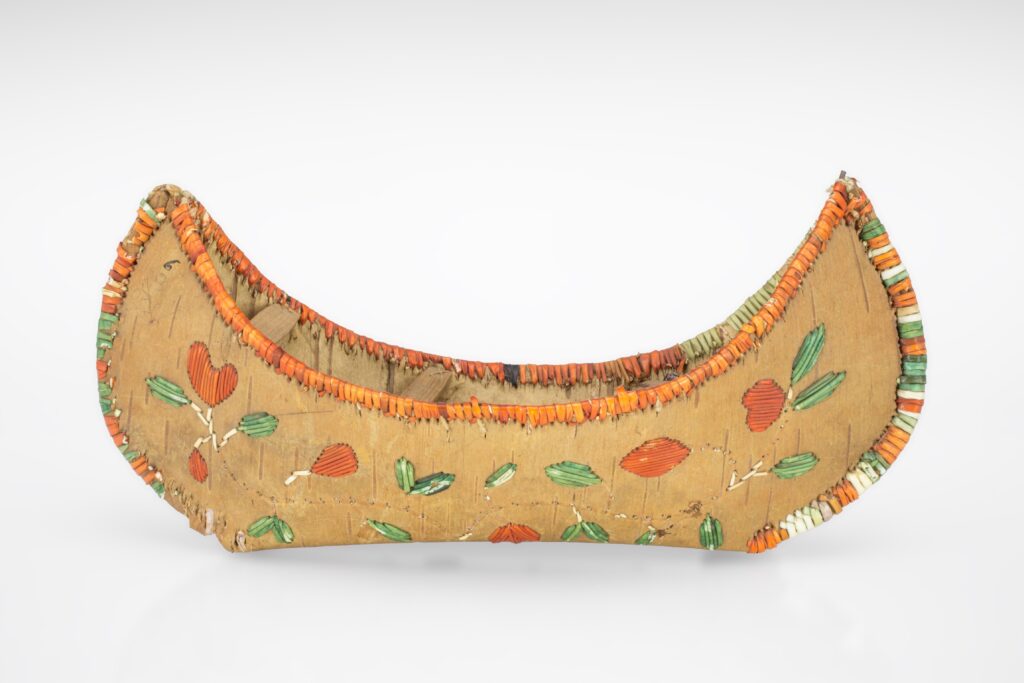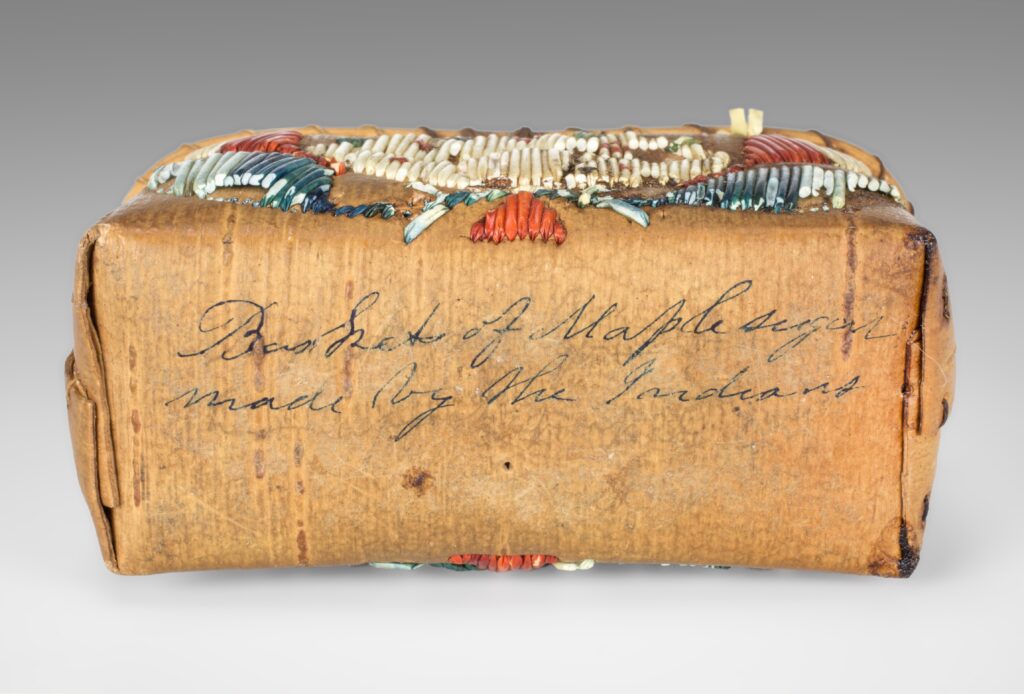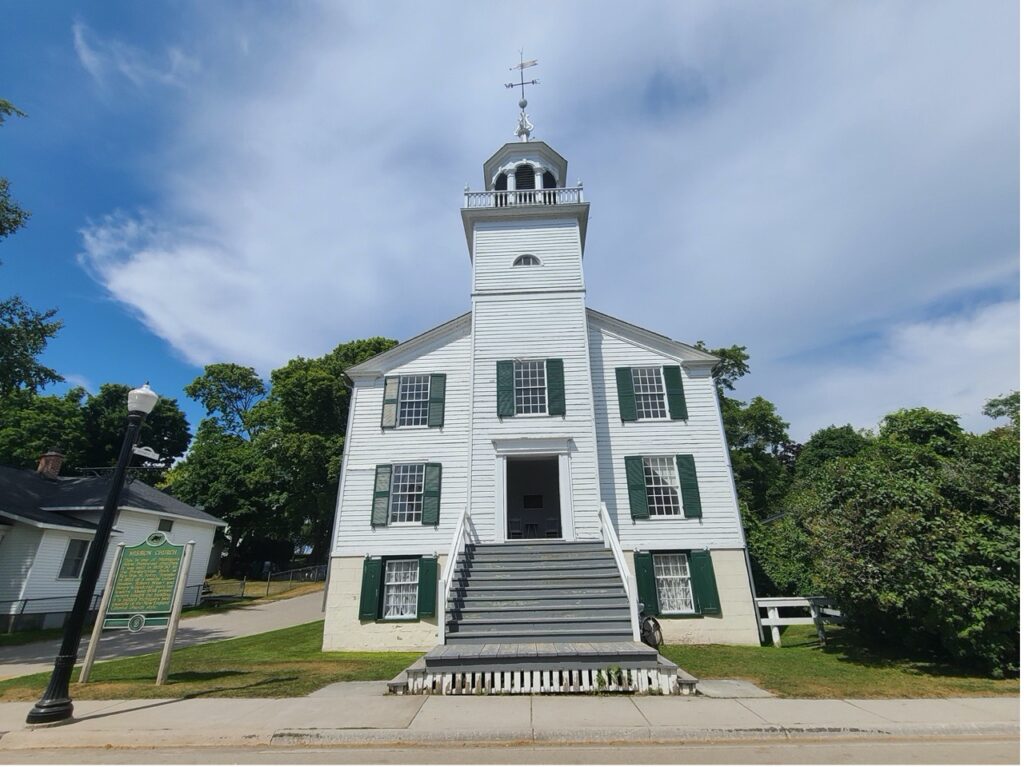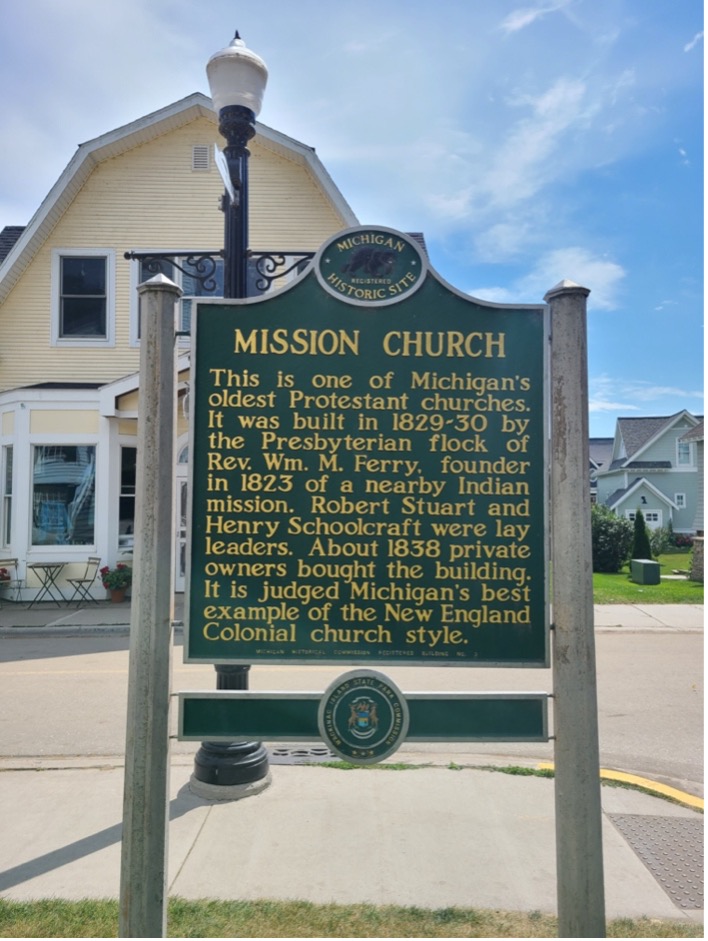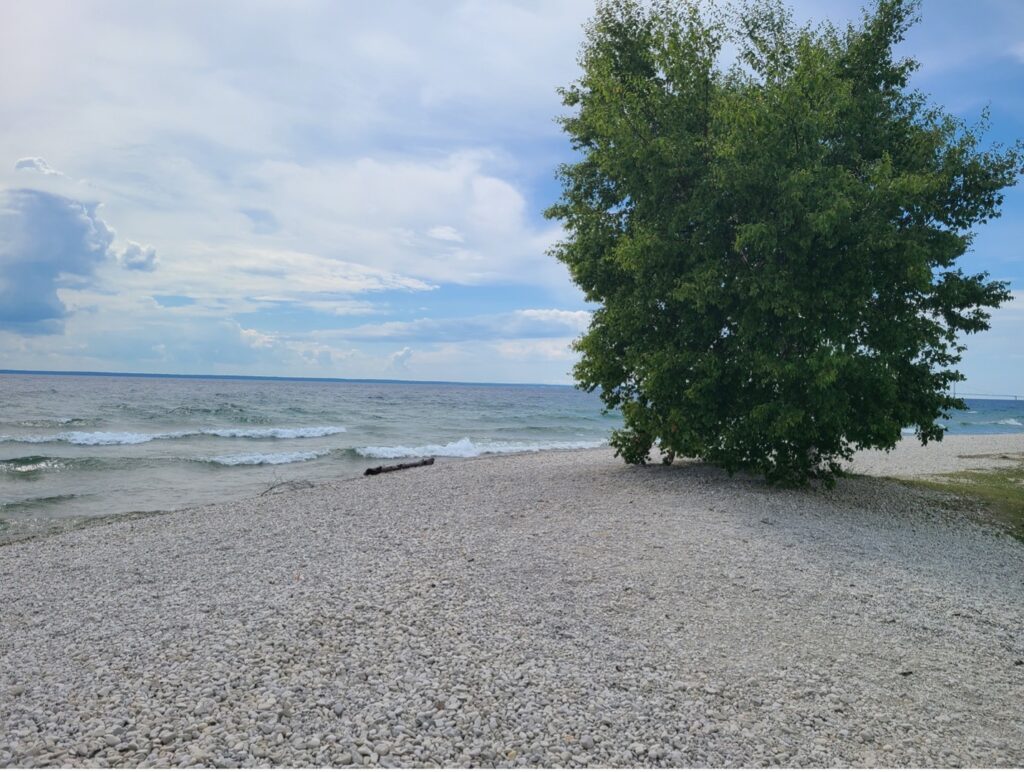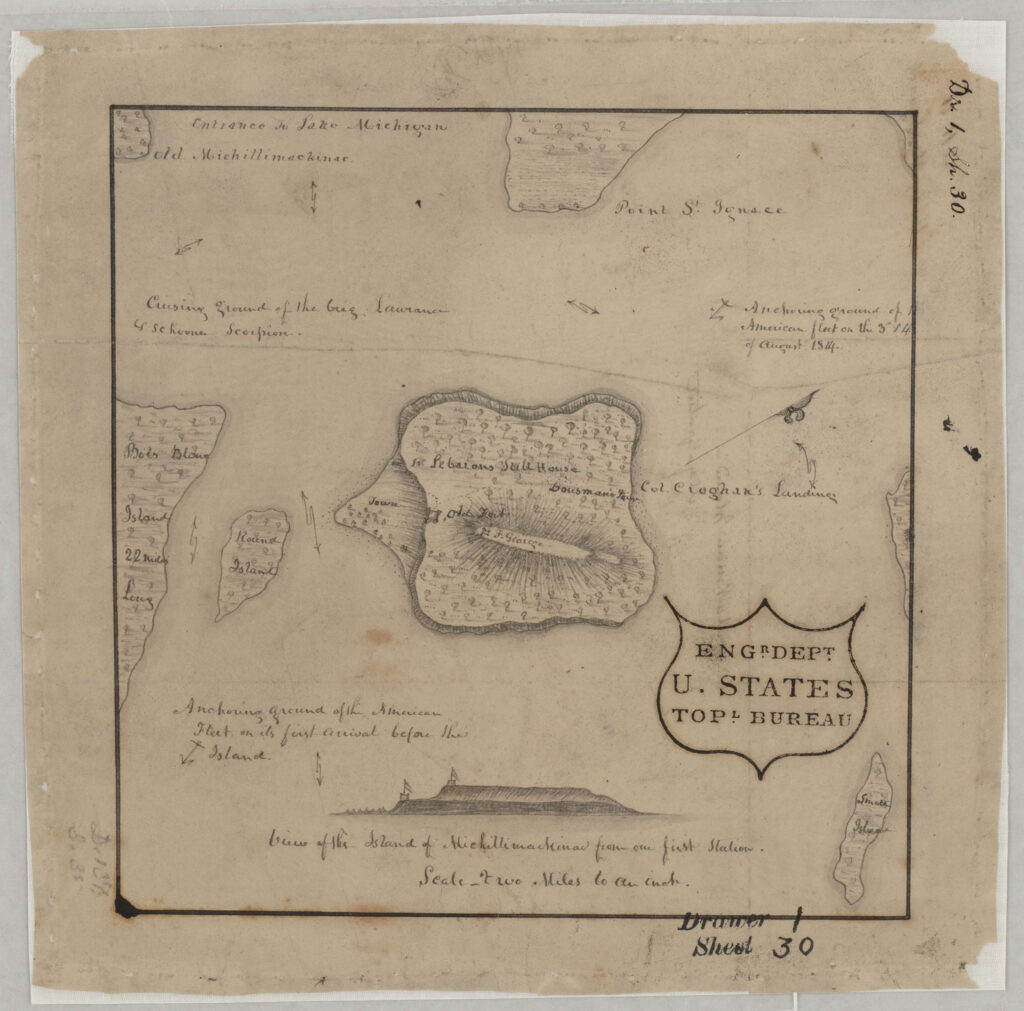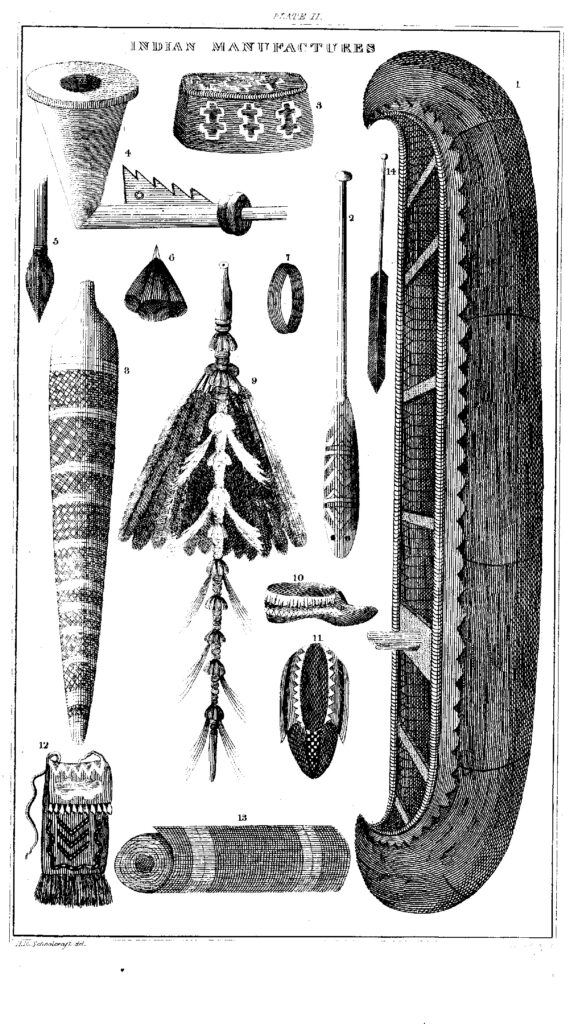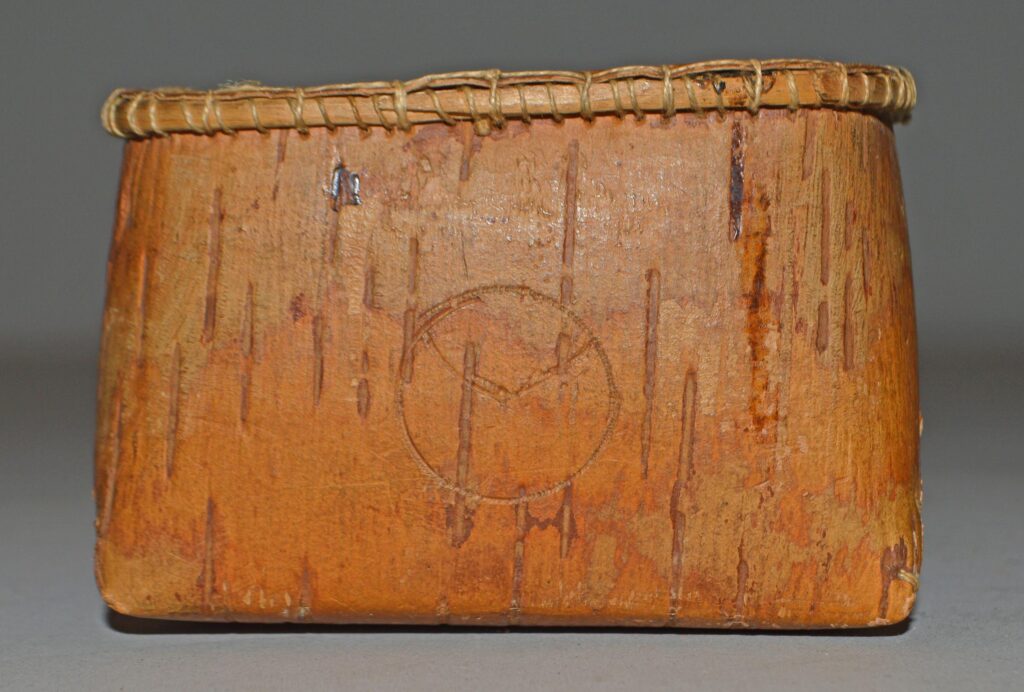Where, then, does that leave us with regards to the miniature mokuk, which almost certainly traveled to Mount Holyoke from Michilimackinac via the White-Ferry family? While it sits in storage at the Mount Holyoke College Art Museum, disconnected from its Native creator and the environment of the Great Lakes, this Belonging retains connections to this place and the peoples who continue to live there. Moreover, during Eric Hemenway’s visit, he noted the mokuk’s ongoing relationship not only to Native people and places, but also other Belongings, including the group of miniature mokuks at the Weltmuseum Wien in Vienna, Austria. In 2016, Hemenway and other members of the Little Traverse Bay Bands of Odawa Indians traveled there to study the museum’s Indigenous collections from the Great Lakes and advise in the conception of a permanent exhibition. At Mount Holyoke, nearly a decade after I first encountered the mokuk and seven years after Hemenway visited the Weltmuseum Wien, we found ourselves wondering if any of the mokuks in Vienna had been crafted by the same artist. What would it mean to return these mokuks to their homelands to visit each other and their descendant communities? What new connections would form?
Further Reading/Watching/Listening
Andrew J. Blackbird, History of the Ottawa and Chippewa Indians of Michigan; a Grammar of their Language, and Personal and Family History of the Author (Ypsilanti: The Ypsilantian Job Printing House, 1887).
Lisa Brooks, The Common Pot: The Recovery of Native Space in the Northeast (Minneapolis: University of Minnesota Press, 2008).
Gerard van Bussel and Eric Hemenway, eds., Around Lake Michigan: American Indians, 1820-1850 (East Lansing: Michigan State University Press, 2021).
Christine DeLucia, “Antiquarian Collecting and the Transits of Indigenous Material Culture,” Commonplace: the journal of early American life, accessed May 17, 2023.
Thomas Duggan Journal, 1949.M-731, William L. Clements Library, The University of Michigan.
C. Edwards, “Catalogue of Cabinet of Articles sent by Missionaries to Mt. Hol. Fem. Sem. all before 1892,” Mount Holyoke College Art Museum: A-1, section on “American Indians.”
Leah Hopkins, “Gather. Make. Sustain. Maple Madness,” Haffenreffer Museum, Brown University, March 8, 2021.
Theodore J. Karamanski, Blackbird’s Song: Andrew J. Blackbird and the Odawa People (East Lansing: Michigan State University Press, 2012).
Sylvia S. Kasprycki, “A Devout Collector: Johann Georg Schwarz and Early Nineteenth-Century Menominee Art,” in Three Centuries of Woodlands Indian Art, eds. J. C. H. King and Christian F. Feest (Altenstadt: ZKF Publishers, 2007).
Scott Manning Stevens, “Collectors, and Museums: From Cabinets of Curiosities to Indigenous Cultural Centers,” in The Oxford Handbook of American Indian History, ed. Frederick Hoxie (Oxford: Oxford University Press, 2016).
James McClurken, Gah-Baeh-Jhagwah-Buk, the Way It Happened: A Visual Culture History of the Little Traverse Bay Bands of Odawa (East Lansing: Michigan State University, 1991).
Henry Schoolcraft, Narrative Journal of Travels Through the Northwestern Regions of the United States: Extending from Detroit Through the Great Chain of American Lakes, to the Sources of the Mississippi River (Albany: E. & E. Hosford, 1821).
Lorén Spears and Amanda Thompson, “‘As We Have Always Done’: Decolonizing the Tomaquag Museum’s Collections Management Policy,” Collections 18, no. 1 (March 2022): 31-41.
Mina Toulouse, Theodore Toulouse and Yvonne Walker Keshick, “Conservation Consultation for Beyond the Horizon Anishinaabe Artists of the Great Lakes,” National Museum of the American Indian, Smithsonian Institution, November 25, 2013, https://www.youtube.com/watch?v=YRn07eHpvAE.
Acknowledgements
Thank you to Eric Hemenway (Director of Repatriation, Archives and Records, Little Traverse Bay Bands of Odawa Indians), Aaron Miller (Associate Curator of Visual and Material Culture and NAGPRA Coordinator, Mount Holyoke College Art Museum), Christine DeLucia (Associate Professor of History, Williams College), Steven Lubar (Professor of American Studies, History, and History of Art and Architecture, Brown University), and Adriana Greci Green (Curator of Indigenous Art of the Americas, Fralin Art Museum, University of Virginia) for your collaborative work to help trace histories of this miniature mokuk and critically interrogate museum collecting practices.
This article originally appeared in September 2023
Allyson LaForge is a Ph.D. candidate in American Studies at Brown University whose research engages Native American and Indigenous Studies, settler colonial studies, and histories of the Native Northeast. Her dissertation project, “Materializing Futurity: Networks of Native Organizing in the Northeast,” examines the role Indigenous material culture played during transnational Native Northeast movements of the nineteenth and twentieth centuries, led by coalitions of Native leaders, activists, artists, craftspeople, and writers who worked to resist settler colonialism and ensure Indigenous futurity.
